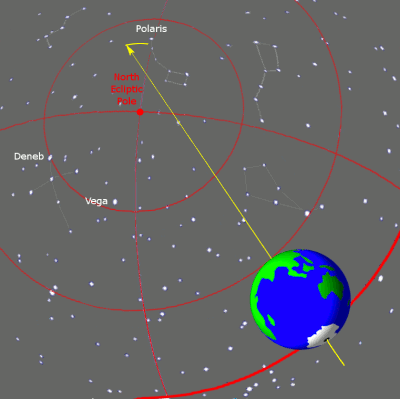For labs with instructor DavidJ, you should always be prepared for a pre-lab quiz based on the
preparation for the lab.
The quiz might be omitted if it's not feasible or convenient.
The students may or may not be informed ahead of time of quiz omission
depending on the circumstances.
The quizzes in total are 40 % of the course grade.
However, only the top five quiz marks are counted.
In preparing for a quiz,
go over the Required Lab Preparation.
The Supplementary Lab Preparation
(see above) could help, but is only suggested if you
feel you need more than the required Required Lab Preparation.
There is no end to the studying you can do, but it is only a short quiz.
One to two hours prep should suffice.
There will be 10 or so questions and the time will be 10 or so minutes.
The questions will range from quite easy to challenging.
Some of the questions will be thinking questions. You will have to reason your way
to the answers.
There may or may not be a prep quiz to
test yourself with ahead of the lab period.
The solutions might be posted at
Celestial Sphere: Quiz Solutions
after the quiz is given.
Whether they are or not depends on the circumstances of each individual semester.












